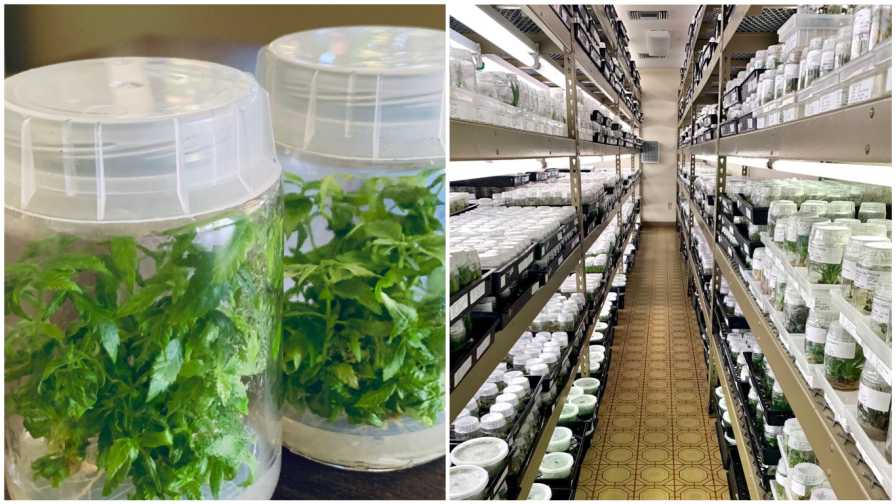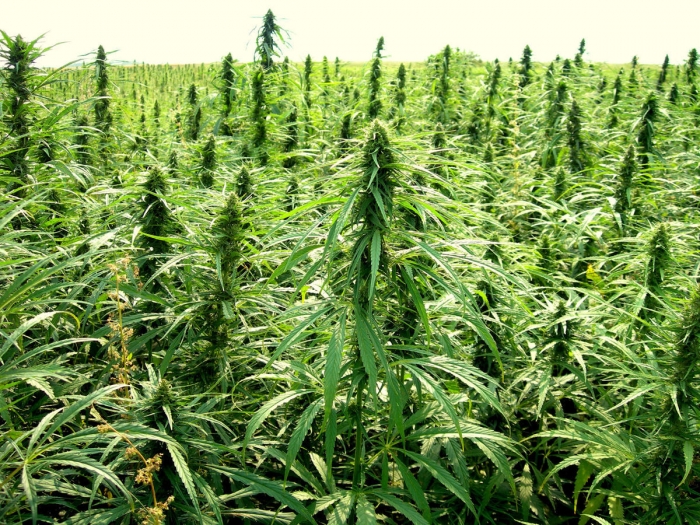Flourishing hemp industry in the U.S. is attracting greenhouse producers
In 2018, hemp sales totaled $1.1 billion and industry analysts predict that this figure will double by 2022
Figures released in Vote Hemp’s annual crop report indicate colossal growth in the U.S. hemp industry, what with the most recent report published by the pro-cannabis organization confirming that 80,000 acres of the non-psychoactive plant were grown in various U.S. states last year.
This figure is projected to grow as the legalization of cannabis and its non-psychoactive relative hemp spreads further across the map.
 In 2017, the number of hemp plants being grown in the U.S. was 25,713. In 2018, the figure swelled to 78,176. This is based on the organization’s first-ever crop report, which was conducted in 2016.
In 2017, the number of hemp plants being grown in the U.S. was 25,713. In 2018, the figure swelled to 78,176. This is based on the organization’s first-ever crop report, which was conducted in 2016.
In order to gather these figures, Vote Hemp collected data from the 41 states that gained the appropriate licensing for hemp production last year.
Why are farmers turning to hemp cultivation in the U.S.?
When the prohibition of hemp cultivation came to an end in the United States following the signing of the 2018 Farm bill, the agriculture industry underwent metamorphic change. Farmers around the U.S. started swapping their usual crops for hemp, which is emerging as a highly potent therapeutic aid in medicine (think hemp-derived CBD) and also for its widespread uses in the textile, clothing and biofuel industries, to name a few.
So, why is hemp attracting attention from conventional greenhouse producers? As one of the highest-returning crops, the profit potential is high. In 2018, hemp sales totaled $1.1 billion. By the year 2022, market research analysts anticipate that the value of hemp production and sales will more than double the amount raked in last year.
Nation’s top cannabis cultivator is swapping weed for hemp
According to the results of a survey conducted this year by the Greenhouse Grower grade publication, approximately 13 percent of the 100 leading ornamental greenhouse companies in the nation have plans to begin hemp production within the next three years.
Featured on Greenhouse Grower’s list of the nation’s top cultivators, ColorPoint KY ranks at number eight. Based on a May 29 press release from the company, ColorPoint KY has announced its plans to completely switch production from cannabis to hemp.
In order to accomplish this task, Paris-based company AgTech Scientific and ColorPoint KY will join forces. Commencement of an indoor hemp cultivation facility began in June. Extending over 1,800,000 feet, the facility is one of many expected to crop up around the U.S. and beyond over the next few years.
Rancho Tissue Technologies plans on using hemp to make tissue
With year-round hemp production ramping up, the production of hemp-based and plant-derived goods will provide numerous industries with a bulk of products that could potentially replace other crops and textiles, including cotton and tissue.
 One such example is Rancho Tissue Technologies, which recently announced its foray into the hemp and CBD markets. Rancho, which is a pioneer in global tissue culture production, is acknowledging the benefits of producing tissue using hemp.
One such example is Rancho Tissue Technologies, which recently announced its foray into the hemp and CBD markets. Rancho, which is a pioneer in global tissue culture production, is acknowledging the benefits of producing tissue using hemp.
“With 40 years of tissue culture experience, I regularly receive requests from growers wanting tissue-cultured micro cuttings and liners of popular hemp selections or of their own genetics,” said Rancho’s owner and founder, Heather Hunter May, adding that, “Hemp fits in well with the lab’s history of tissue culture and exclusive work for high-value crops from growers around the world.”








